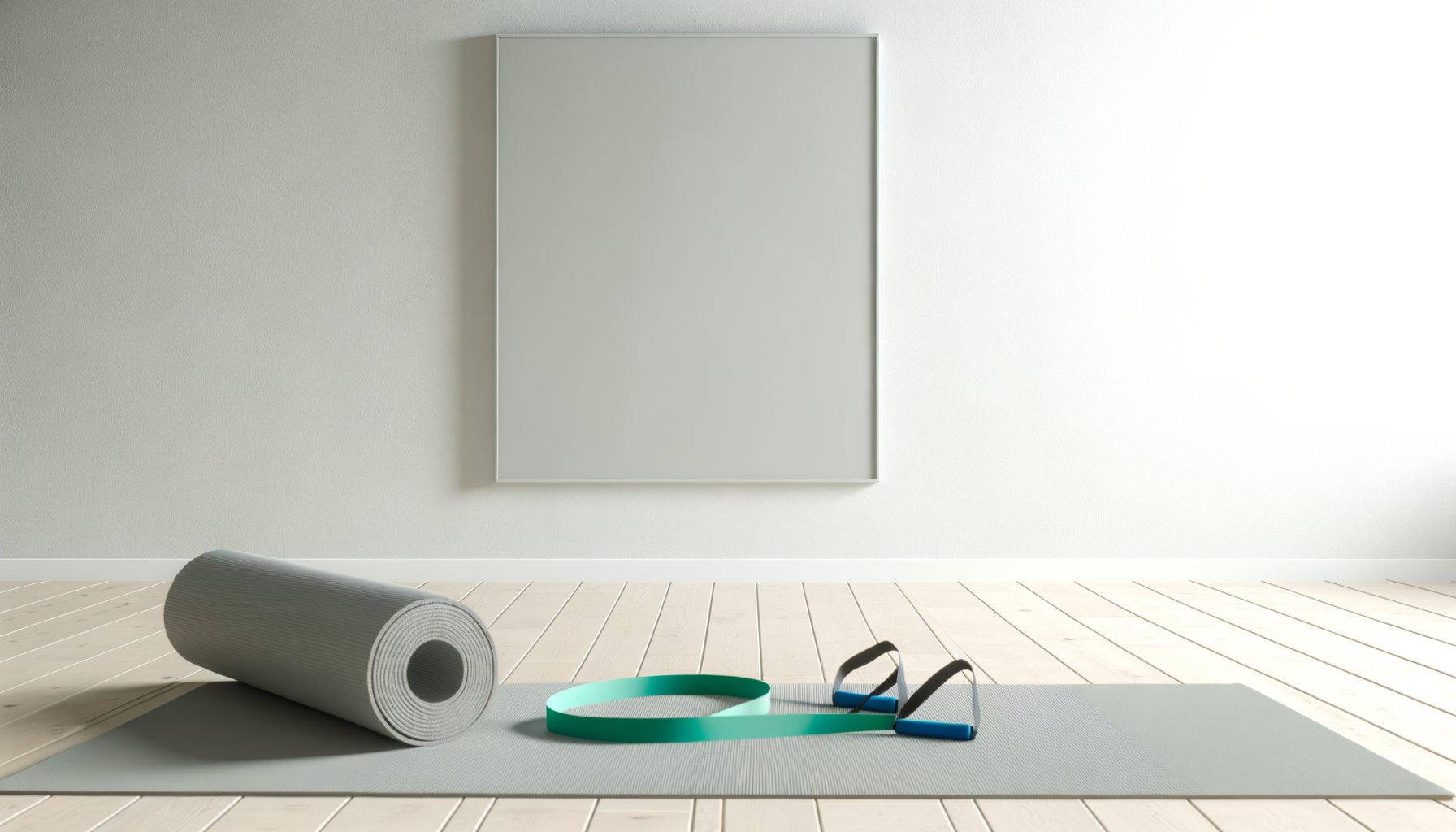Build a Balanced 30-Minute Home Workout (No Equipment)
Build a Balanced 30-Minute Home Workout (No Equipment)
Short on time and kit? This simple, effective 30-minute plan combines strength, cardio and core so you can train anywhere. It’s joint-friendly, scalable for all levels, and designed for real results at home.
The structure at a glance
- 5 minutes: dynamic warm-up
- 20 minutes: strength + cardio circuit (five moves, repeat 4 rounds)
- 5 minutes: cool-down and mobility
Timer: 40 seconds work, 20 seconds rest. Beginners start at 30s work / 30s rest; advanced push to 45s / 15s.
Space: a 2 × 2 metre area, flat surface, and supportive trainers. Keep water nearby. If you have any medical conditions, speak to your GP first.
Warm-up (5 minutes)
- March in place with arm swings – 60s
- Hip hinges to reach (soft knees, push hips back, sweep hands to shins) – 45s
- World’s Greatest Stretch: step lunge, rotate towards front knee, switch sides – 60s
- Walk-outs to high plank (option: to knees) – 45s
- Squat to reach overhead – 45s
- Light jog or step jacks – 45s
The 20-minute no-kit circuit
Complete the five exercises below for 40s each with 20s rest. That’s one round. Do 4 rounds for 20 minutes total. Move smoothly and prioritise form.
1) Squat (option: to a chair)
Stand shoulder-width, chest tall, sit hips back and down, knees tracking over mid-foot, then stand and squeeze glutes.
- Make it easier: tap a chair/sofa lightly each rep.
- Make it harder: jump squat, land softly.
- Common cue: think “knees out, chest proud, heels down”.
2) Push-up (incline or floor)
Hands under shoulders, body in a straight line, lower with control and press away. Use a worktop, table, or sofa back for incline if needed.
- Easier: incline push-up or knees on floor.
- Harder: tempo (3s down, 1s up) or add a shoulder tap at the top.
3) Reverse lunge (alternating)
Step back, drop the rear knee towards the floor, keep front knee stacked over ankle, then drive through the front heel to stand.
- Easier: reduce depth or hold a chair for balance.
- Harder: add a knee drive or gentle hop as you stand.
4) Plank with shoulder taps
High plank, feet shoulder-width, squeeze glutes and abs, tap opposite shoulder without hips rocking.
- Easier: drop to knees or hold a forearm plank.
- Harder: slower taps or narrower feet.
5) Mountain climbers or step jacks
For climbers: hands under shoulders, drive knees towards chest quickly while keeping hips level. For a low-impact option: step jacks, alternating side steps with arm raises.
- Easier: slow the pace or use step jacks.
- Harder: sprint the climbers or add a 2–3s isometric hold every 5 reps.
Cool-down and mobility (5 minutes)
- Breathing reset: 5 deep nasal breaths, long exhales
- Calf stretch against wall – 30s each side
- Quad stretch standing or side-lying – 30s each side
- Hamstring hinge hold – 45s
- Child’s pose with side reach – 60s
Four-week progression plan
- Week 1: 30s work / 30s rest × 4 rounds (2–3 sessions)
- Week 2: 40s work / 20s rest × 4 rounds (3 sessions)
- Week 3: 45s work / 15s rest × 4 rounds (3 sessions)
- Week 4: Keep 45/15 and add a 5th round on one session
Schedule idea: Mon (A), Wed (A), Fri (A). Optional Sat: 20–30 minutes of steady walking or mobility.
Form checks and quick fixes
- Knees caving on squats/lunges? Screw feet into the floor and push knees slightly out.
- Wrists sore on push-ups/planks? Use a folded towel or do forearm planks.
- Lower back arching? Brace by exhaling as if fogging a mirror, then keep ribs “down”.
Make it easier or harder
- Easier: reduce range, add longer rests, or cut to 3 rounds.
- Harder: add tempo (3s down), pause reps, or EMOM style (every minute, hit 8–12 quality reps).
- Density challenge: keep total time the same and aim for smoother, more controlled reps each week.
Fuel and recovery tips
- Hydrate: a glass of water before and after. If you sweat heavily, add a pinch of salt to one glass.
- Protein: target 1.2–1.8 g per kg bodyweight daily to support recovery.
- Carbs: include wholegrains, fruit or potatoes around training for energy.
- Sleep: aim for 7–9 hours; finish sessions at least 2–3 hours before bedtime.
Optional kit to level up later
A non-slip mat for comfort, a long resistance band for rows and pull-aparts, and a pair of light adjustable dumbbells to add load to squats and lunges can all expand this routine.

FAQ
How often should I do this? Two to four times per week works well for most people. Leave at least one rest day between hard sessions.
Can I swap exercises? Yes—keep the pattern: squat, push, lunge/hinge, core, cardio.
No floor work? Swap plank and mountain climbers for a standing hollow hold against a wall and rapid step-ups to a stair.
Knee pain? Shorten range, use a chair for support, and focus on slow control. If pain persists, consult a clinician.
Save this page, set a timer, and go—30 minutes to feel stronger, fitter and more energised at home.